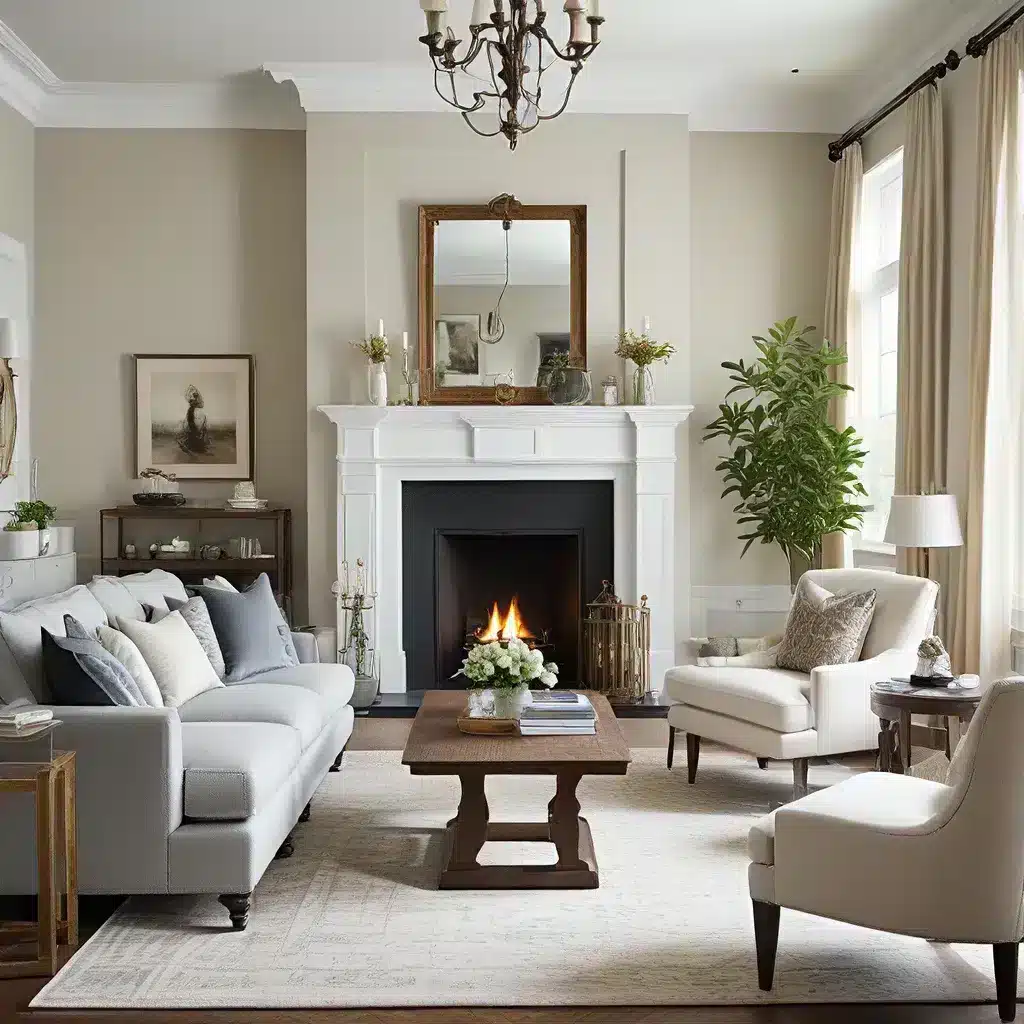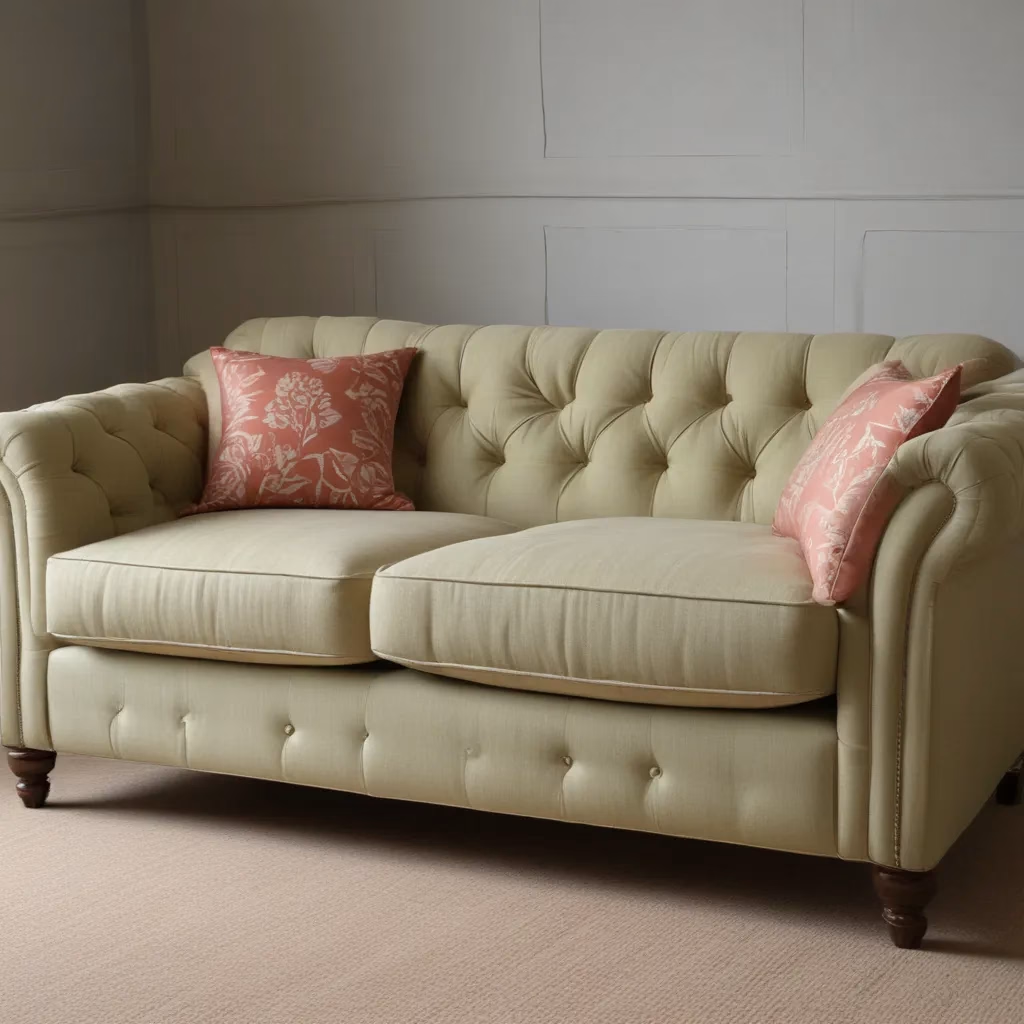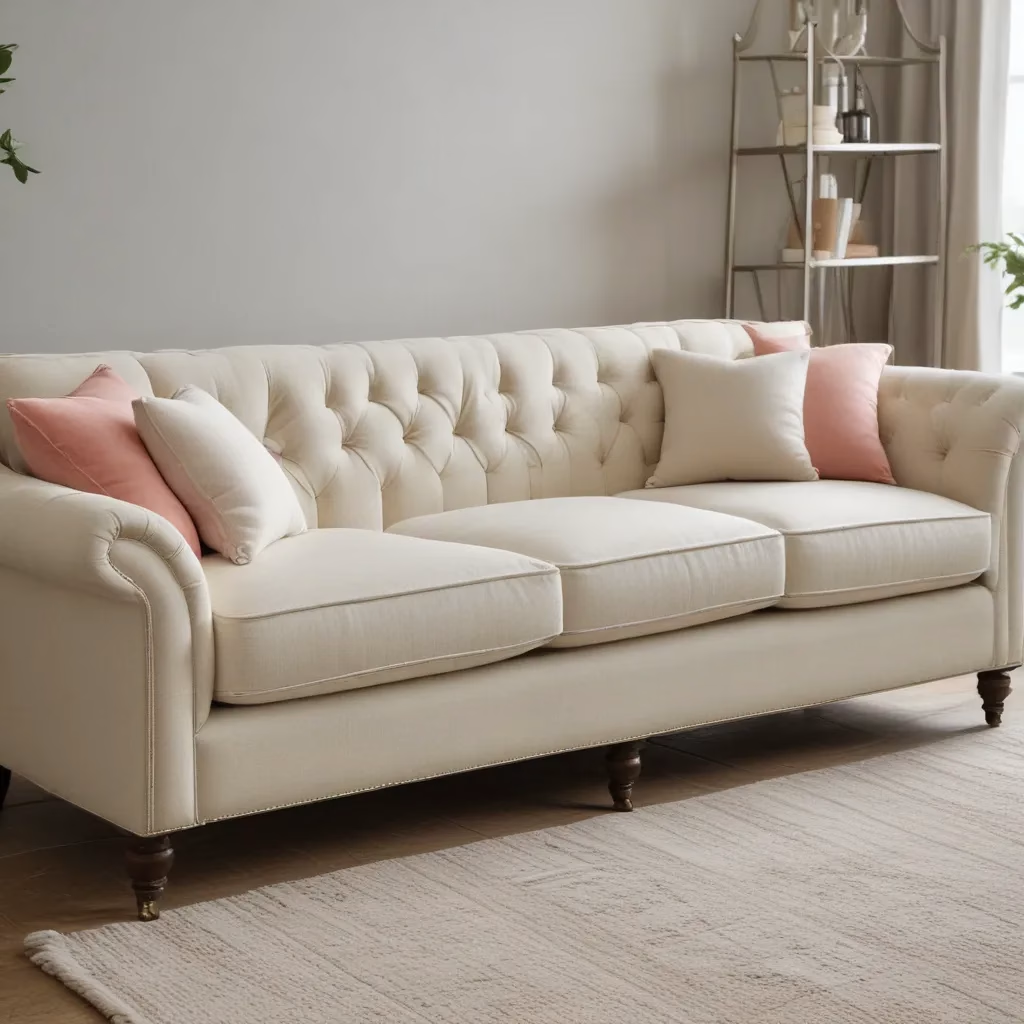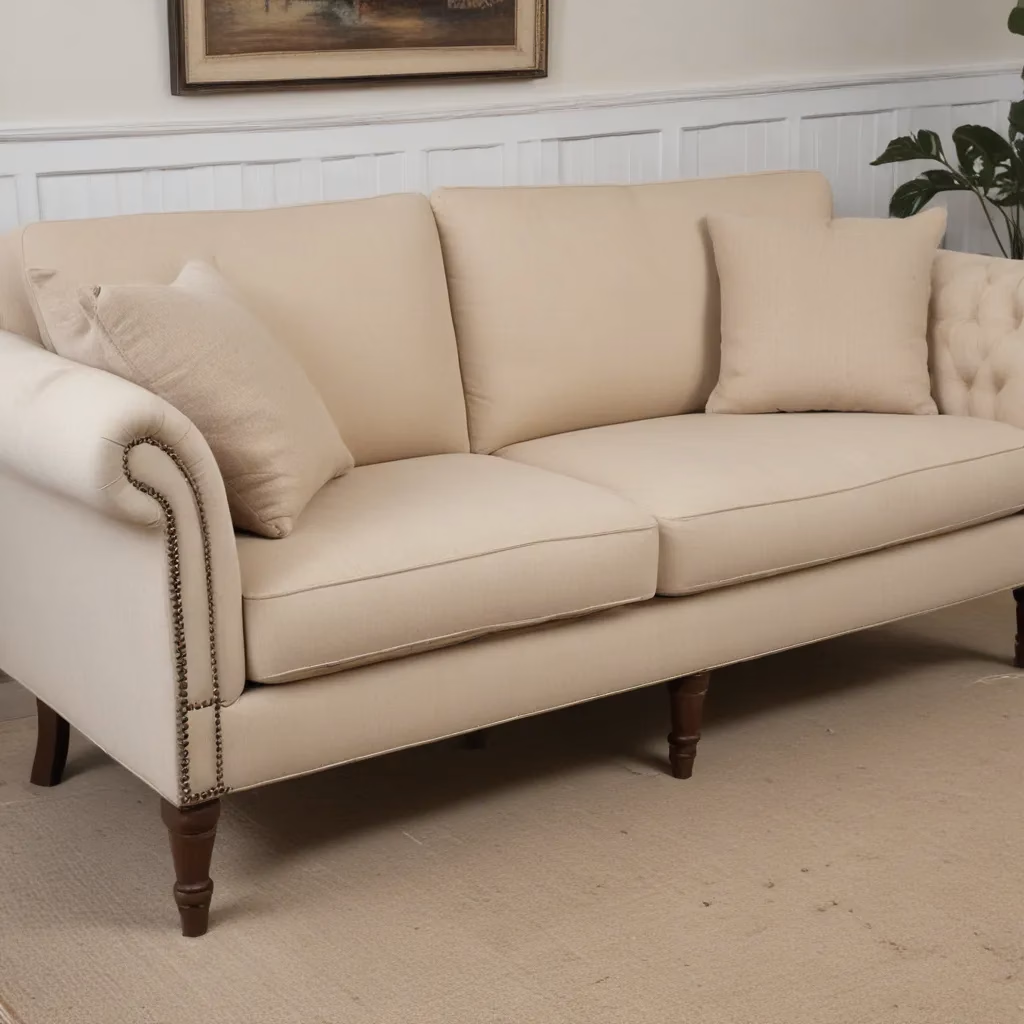
Ah, the ever-elusive world of transitional decor – where the old and the new collide in a harmonious dance, creating spaces that are equal parts timeless and trendy. As a self-proclaimed design enthusiast, I’ve always been fascinated by this delicate balancing act, and today, I’m here to share my insights on how to master the art of transitional decorating.
Embracing the Eclectic
One of the key tenets of transitional design is the embrace of the eclectic. Gone are the days of rigidly adhering to a single style or era. Instead, we’re encouraged to mix and match, to juxtapose the traditional and the contemporary, and to let our personal style shine through.
Take, for instance, the stunning dining room designed by the talented Tancred Vilucchi. Here, an antique dining table and chandelier mingle effortlessly with modern chairs and pops of vibrant color, creating a truly remarkable and “surreal yet timeless” atmosphere. It’s a testament to the power of blending the old and the new, and it’s a look that I can’t help but be enamored with.
Similarly, in the living room of designer Kendall Wilkinson’s own home, we see a beautiful collection of furniture, art, and accessories that seamlessly blend the classic and the contemporary. From the elegant 100-year-old bones of the house to the modern, tactile fabrics adorning the vintage chairs, every element works in harmony to create a space that is both “balanced” and “well-established.”
Striking the Right Balance
Of course, the key to nailing transitional decor lies in striking the right balance. It’s not simply about throwing a mishmash of styles together and hoping for the best. No, it requires a keen eye, a discerning touch, and a deep understanding of design principles.
As designer Mark Schubert of Phillip Harrison Interiors notes, it’s all about “the juxtaposition of mixing old with new” and ensuring that the end result is a “representation” of the client’s personal style. In the bold, yet elegant kitchen he designed, the contemporary dining furniture is beautifully offset by the traditional fireplace and architectural details, creating a space that is both visually striking and cohesive.
And let’s not forget the power of patterns and textures in tying together the different elements of a transitional space. As the designer Jason Saft of Staged to Sell Home demonstrated in the stunning Neo-Italian Renaissance living room, the knotted motif in the area rug and coffee table base helps to “echo the details” of the heavily embellished original moldings and paneling, creating a sense of visual harmony.
Breathing Life into Spaces
But transitional decor isn’t just about creating beautiful vignettes – it’s about breathing life and personality into spaces. As designer Denise Morrison of Morrison Interiors so eloquently puts it, “Transitional design embodies a blend of traditional and contemporary styles resulting in spaces that feel balanced.” And it’s this balance, this sense of “warmth and authenticity,” that truly makes a space feel like a home.
Take, for instance, the family room designed by Denise. By incorporating a vintage wood sculpture into the modern, clean-lined setting, she’s able to infuse the space with a sense of character and history, “achieving a cohesive and visually striking aesthetic.” It’s a testament to the power of blending the old and the new, and it’s a look that I find absolutely captivating.
Similarly, in the striking transitional hallway designed by Michelle Morgan Harrison, the contrast between the Louis XVI-style chairs and the modern Karl Springer console table creates a “wonderful” visual tension that immediately draws the eye and sets the tone for the rest of the home. It’s a masterclass in transitional decor, and it’s a look that I can’t help but aspire to.
Embracing the Unexpected
And let’s not forget the true joy of transitional decor – the element of surprise. As designer Emily Spanos of Emily June Designs so aptly puts it, “Antique rugs and dark wood furniture can feel dark and dreary, however, pairing the pieces with a modern sofa infuses the space with renewed charm and character.” It’s about taking the unexpected and making it work, about embracing the juxtaposition and reveling in the magic that can happen when old and new collide.
In the living room that Emily designed, the bright, contemporary sofa serves as the perfect foil to the antique rugs and dark wood furniture, “elevating the space” and imbuing it with a sense of “renewed charm and character.” It’s a look that I find absolutely irresistible, and it’s a testament to the power of the transitional approach.
Timeless Elegance, Effortless Style
As I’ve delved deeper into the world of transitional decor, I’ve come to appreciate the timeless elegance and effortless style that it embodies. It’s a design approach that transcends passing trends and fads, instead offering a sense of “versatility and timeless elegance” that can be enjoyed for years to come.
And let’s not forget the practical benefits of transitional decor. By blending the old and the new, we can create spaces that feel both “current and yet classic too,” spaces that never feel out of date or “overly considered.” It’s a design approach that allows us to truly make a house a home, infusing it with our unique personality and style.
So, whether you’re in the market for a new sofa or simply looking to breathe new life into your existing space, I encourage you to embrace the art of transitional decor. Explore the Sofa Spectacular collection, where you’re sure to find the perfect pieces to help you blend the old and the new with effortless style. After all, the key to a truly remarkable space lies in finding the perfect balance, and with a little creativity and a whole lot of passion, I’m confident that you can achieve it.



